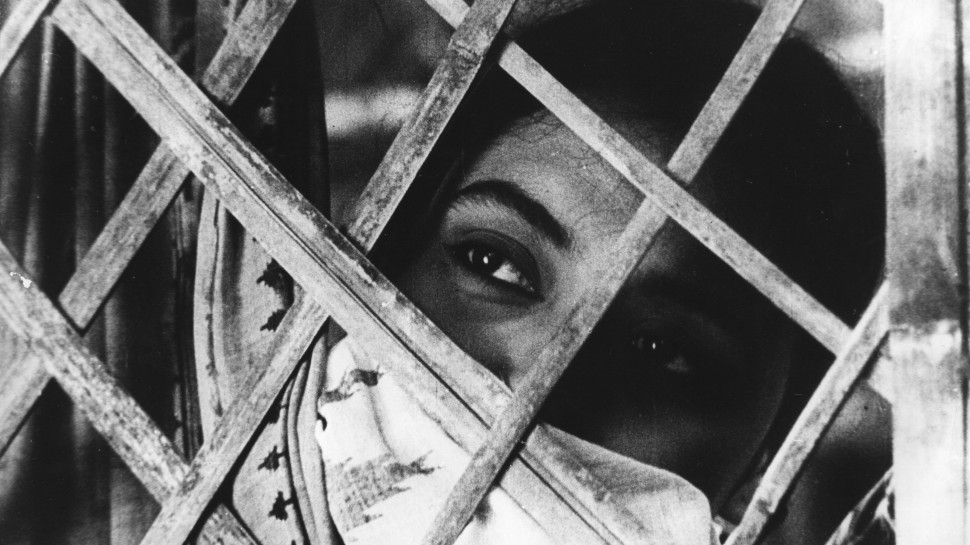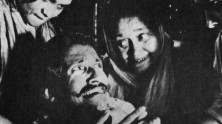
Politics and Melodrama:
The Partition Cinema of Ritwik Ghatak
Since his death at age fifty in 1976, Ritwik Ghatak has come to be regarded as one of the greatest figures in postwar Indian cinema for his brilliant and abrasive films, which certainly rank among the most revolutionary achievements in contemporary Indian art. Involved from an early age in politics and in theater, Ghatak was a member of the Indian Communist Party and regarded Brecht and Eisenstein as his artistic heroes. Consequently, Ghatak's films wed his activism with rich cultural content, fashioning popular forms – melodrama, songs, dances – into appropriate vehicles for radical political expression. His films are almost all veiled autobiography. Ghatak came of age during the convulsions of the 1940s – World War II, the terrible "man-made famine" of 1944, the communal violence that came with independence, and especially the partition of Bengal, which obsessed him all his life. His subjects are almost invariably chosen from among the uprooted and the dispossessed: parentless children, homeless families, disoriented refugees, and the petit bourgeoisie, economically broken by their exile. Yet, as in the fatal vision of Robert Bresson, there is a glimmer of hope in even the darkest moments.
A brilliant eccentric and heavy drinker, Ghatak completed only eight features before his premature death. The HFA offers Ghatak’s last five as proof of his genius, films which include three heartbreaking melodramas built around the partitioning of Bengal to form Pakistan out of what had been northeastern India. These films – The Cloud-Capped Star, The Golden Line and E-Flat – are together sometimes referred to as Ghatak’s “partition trilogy.”







